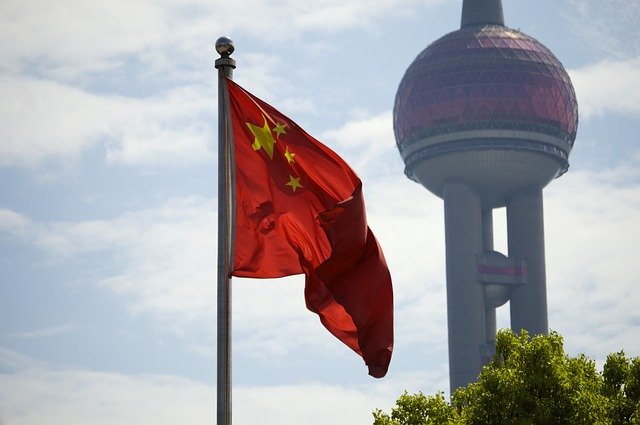The network of China's detention centers in the northwest Xinjiang region is much bigger than what was previously thought and is getting expanded, as per new research released by an Australian thinktank on Thursday. The Australian Strategic Policy Institute (ASPI) stated that it had identified over 380 'suspected detention facilities' in the region where the UN says more than one million of the Uighurs and other residents have been held in recent years.
China has stated that the camps are vocational skill centers and are required to counter the threat of 'extremism'. The number of facilities is almost 40 percent higher than the earlier estimates. "The findings of this research contradict Chinese officials' claims that all "trainees" from so-called vocational skills training centers had "graduated" by late 2019," the lead researcher Nathan Ruser wrote as reported by Al Jazeera. "Instead, available evidence suggests that many extrajudicial detainees are now being formally charged and locked up in higher security facilities," the report added.
Over 380 Suspected Detention Facilities in Xinjiang

The researchers made use of the satellite imagery, witness accounts, media reports, and the official construction tender documents for classifying the detention facilities into four tiers depending on the existence of security features like the high perimeter walls, internal fencing, and watchtowers. The researchers found around 61 detention sites had witnessed new construction and expansion work.
Fourteen more facilities are under construction, while almost 70 had fencing or perimeter walls removed, stating that their use had changed or they had been closed, ASPI stated. It noted that over 90 percent of the sites were lower-tier security facilities. The data is a part of the Xinjiang Data Project that includes details about the network of detention facilities, making 3D animated models, but also the cultural sites of the region like mosques.
Ruser stated that many of the centers that had got expanded were higher security facilities while the others were built close to the industrial parks, suggesting those who were charged might also have been sent to the 'walled factory compounds for forced labor assignments'.
US politicians in recent times voted to ban imports from Xinjiang, as stated pointed out the alleged usage of systematic forced labor. China recently published a white paper as it defended the policies in the semi-autonomous region where it states training programs, better education, and work schemes mean life has improved.









